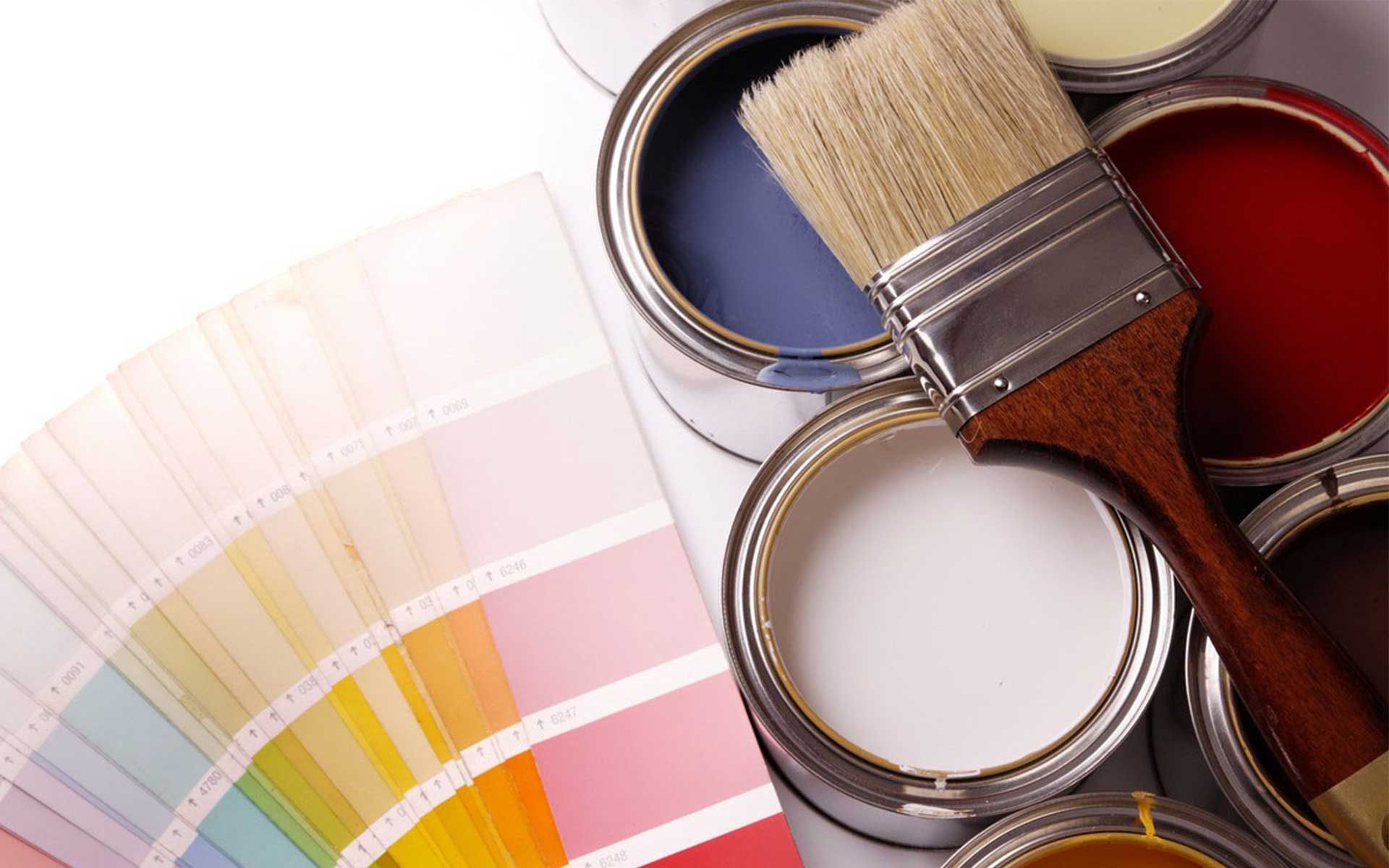FAQs
Stan's Paint Clinic Inc
Have a paint-related question? We have the answer. Check out these FAQs and give us a call today for more information!
-
What types of paints and coatings do you offer?
At Stan's Paint Clinic, we offer an extensive range of paints and coatings designed for various surfaces and applications, including:
- Exterior and Interior Paints: Available in a variety of finishes such as flat, satin, gloss, and soft gloss.
- Wood Finishes and Stains: Perfect for enhancing and protecting natural wood surfaces, with transparent, semi-transparent, and solid finishes available.
- Concrete Coatings: Specialty products designed to protect, seal, and add color to your concrete surfaces, such as patios, driveways, and garage floors.
- Specialty Coatings: Rust control, anti-slip coatings, and high-performance industrial finishes to suit your specific needs.
-
What’s the difference between water-based and oil-based finishes?
- Water-based finishes are eco-friendly, quick-drying, and low in VOCs (volatile organic compounds). They provide excellent durability, easy clean-up with soap and water, and minimal yellowing over time, making them an ideal choice for indoor applications.
- Oil-based finishes give you a rich, glossy appearance and penetrate deeply into wood for long-lasting protection. They are highly durable, however, they tend to yellow over time and take longer to dry. Oil-based finishes are often selected for outdoor projects or for areas where moisture resistance is important.
-
Which product should I use to protect my deck from weather and UV damage?
For protecting your deck from weather, moisture, and UV damage, we recommend using ARBORCOAT® deck stains:
- Solid Stain: Provides excellent protection with a rich color and maximum UV protection.
- Semi-Solid or Semi-Transparent Stain: These allow for some of the wood’s natural grain to show while still providing strong UV protection and water resistance.
- Translucent Stains: Perfect for showcasing the natural beauty of your wood, offering it protection with a more subtle finish.
All these stains are designed to shield your deck from harmful UV rays and resist water damage, giving it long-lasting beauty and protection.
-
What’s the best method to apply your products—brush, roller, or spray?
The best method for application depends on the type of product you're using as well as the surface you're working on:
- Brush: Ideal for detail work and precision, especially with wood finishes or
- stains. A brush helps to work the product into the grain of the wood.
- Roller: Great for larger, flat surfaces, such as walls or decks. Rollers provide even coverage and are usually faster than using a brush.
- Spray: Perfect for creating a smooth, even finish on large or textured surfaces. Sprayers work well for specialty coatings or when working on intricate surfaces like furniture or fencing.
Each method has its own pros and cons, so you can select the one that best suits your project size and finishes.
-
How can I fix uneven or streaky application of the stain or finish?
Uneven or streaky stain application can often be corrected by following these four steps:
- Reapply the stain in a thin, even layer: Use a clean cloth or brush to evenly spread it across the surface.
- Work in small sections: This prevents the product from drying too quickly and becoming harder to blend.
- Sand lightly, if necessary: If the stain has already dried and the finish is uneven, then lightly sand the surface with fine-grit sandpaper to smooth it out before applying another coat.
- Follow product drying instructions: Make sure you allow adequate drying time between coats to avoid streaks.
-
What should I do if the surface develops bubbles or cracks after applying the product?
Bubbles or cracks can occur if the product is applied too thickly or if the surface was not properly prepared. Here's how to fix it:
- Sand the affected area lightly: Use fine-grit sandpaper to remove any bubbles or cracked paint.
- Clean the surface thoroughly: Make sure the surface is free of dust, grease, or moisture before you reapply the product.
- Reapply a thin, even coat: Use a brush, roller, or spray to apply a thin layer of the finish, ensuring it goes on smoothly and evenly.
- Avoid overworking the product: When applying the finish, try not to brush or roll over it excessively. This can cause air bubbles to form.
Proper surface preparation and careful application can prevent bubbling and cracking issues from occurring in the first place.
Our Return Policy
Stan's Paint Clinic Inc has a return policy on our paints and products. All returns must be approved by our management. No returns are available on open products. All returns must be accompanied by the original invoice. No special orders can be returned. All returns must be done within 30 days of purchase. Contact us if you have any questions.




Share On: